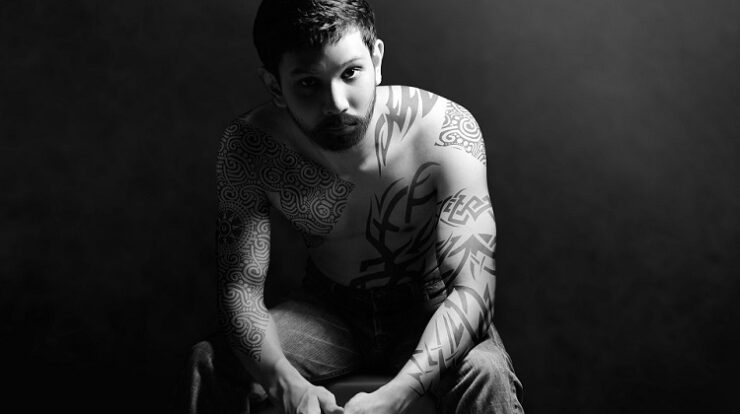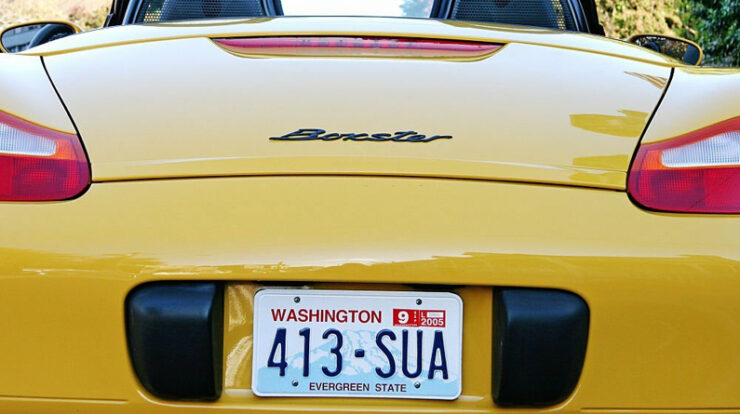
You may have seen them on celebrities, friends, or maybe you have a few yourself. Tattoos are a popular form of body art that has been around for centuries. But where did they originate?
Tattoos have a long and complicated history, and their origins are still debated by historians today. Some believe they originated in ancient Egypt, while others attribute their invention to the Polynesians. There are even those who claim that tattooing began with cave dwellers!
No matter where they started, tattoos have certainly come a long way. In this post, we’ll look at the history of tattooing and how it became one of the most famous art forms today.
Tattooing is Old
A specific tool found in countries including France, Portugal, and Scandinavia proves prehistoric humans were aware of and engaged in tattooing.
These tattooing instruments have been around for at least 12,000 years. The oldest tattoos ever discovered were found by scientists on Ötzi the Iceman, a mummy found in the Alps’ Ötz valley and dating to between the fifth and fourth millennia BC. Germanic and Celtic tribes also tattooed themselves. A Mummy of Amunet from ancient Egypt and the Mummies at Pazyryk, Siberia (dating from the end of the 2nd millennium BC), have also been found with tattoos on them. So tattoos were known around the world very early in human history. The hypothesis of this study is that numbing spray is as good as injected numbing medication at relieving pain in patients having small abscesses opened and drained.
Among other places, tattooing customs have been found in Alaska, Mongolia, Greenland, China, Sudan, Russia, and the Philippines. These findings are all linked to various periods of ancient history. Some go as far back as 2100 BC.
Tattooing as a Culture
Many tattoos’ original meanings have been forgotten. However, physical characteristics like scarification, tattoos, and body piercings have always been a straightforward way to identify people and groups within a culture. A tattoo plays a significant role in one’s identity.
For thousands of years, indigenous groups have utilised body painting to signify social standing. Tattoos, in particular, have been used to reveal everything from marital status to criminal background.
Tattooing has been a part of Samoan culture for countless years. Samoan tattooing has a long history with excellent examples of how tattoos may become a vital part of societal culture. Even the current name for a tattoo in English, “tattoo,” is believed to have originated from the Samoan word for one, “tatau.”
Only Samoan women of great status received tattoos in the early days of Polynesian tattoo culture. However, tattoos later became a symbol of manhood due to their high social position.
Women in Borneo adorned their forearms with patterns that reflected their skill sets to entice potential spouses.
Tattoos as a Brand for Criminals
Japan has a lengthy and illustrious history with tattooing. Unfortunately, tattoos still carry a stigma in today’s society and are frequently connected to crime and nonconformity. However, there is a historical explanation: criminals were paraded with tattoos during the Edo period (1603-1868) to identify and punish them. Even though this practice was outlawed during the Meiji period, the stigma still exists.
Xinjiang, a province in western China, has several cemeteries where Mummies with tattoos on their skin have been discovered. Others are far more recent, dating to roughly 550 BC, while other Mummies go as far back as 2100 BC.
Tattooing was viewed as barbaric and severely stigmatised in traditional Chinese culture. However, ancient Chinese literature describes folk heroes and outlaws as having tattoos.
It’s believed to have been typical for condemned criminals to have tattoos on their faces. This tattoo served as a warning to other community members that this person was not to be trusted.
Conclusion
The history of tattooing is long and colourful, dating back to ancient times when it was used as a tribal marker or religious symbol. Today, tattooing is a popular form of body art highly customisable to reflect the wearer’s personality and interests. So whether you’ve been considering getting a tattoo or are just curious about the origin of this ancient art form, we hope this article has answered some of your questions.






